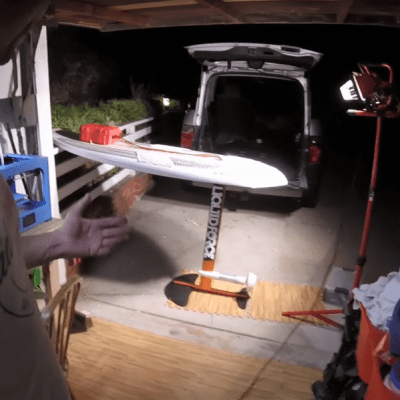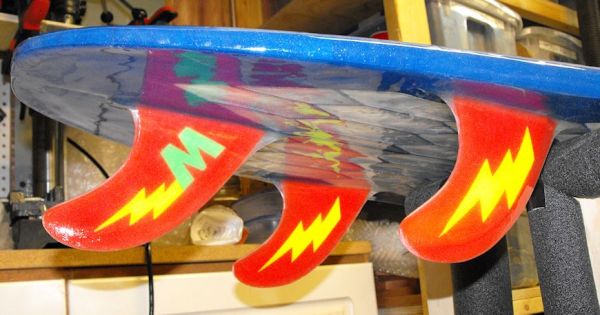In the world of surfing, the equipment available is as diverse and varied as the enthusiasts themselves. Different boards are optimized for different conditions and styles, and the industry continues to innovate towards ever greater performance. [DARK-labs] aim to bring data analysis into the field to help create boards personalised to the individual.
The goal is to use a sensor network embedded in a surfboard to analyze the style of a particular surfer. This data is then used to identify characteristics such as stance and foot preference, which can then be used to optimize a board design to suit. Once a CAD model is created along these guidelines, it can then be CNC machined and turned into a finished board, ready to hit the waves.
It’s a project that we expect will capture the interest of many a surfer, and we wouldn’t be surprised to see the concept take further strides in coming years. We’ve featured some other board hacks, too – this electric build is particularly compelling.






 That may or may not be [pacificmeister]’s goal with his
That may or may not be [pacificmeister]’s goal with his 










